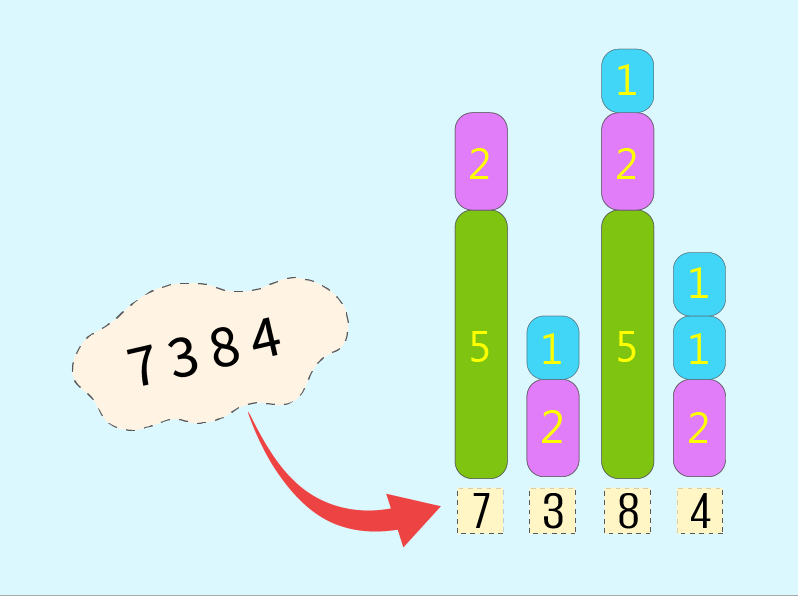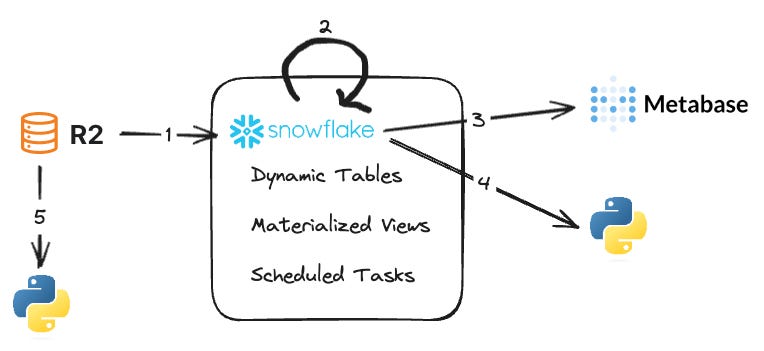
How Latin America started to beat inequality
When economists or pundits in the U.S. want to issue dire warnings about rising inequality, they have a tendency to clear their throat, push their glasses up the bridge of their nose, and say “We’re approaching Latin American levels of inequality.” But it’s not just a ghost story, used to frighten politicians — Latin America probably is the most unequal region in the world:
Exactly why the region is so unequal is up for debate. Explanations typically focus on the region’s colonial history, which created highly unequal land ownership. The region never had a major program of land reform to forcibly redistribute farmland from landlords to tenants, as many countries in Asia did. The other big industry, mining, tends to be highly concentrated as well; some economists blame this on the region’s colonial history as well.
Compared with the rest of the world, inequality [in Latin America] was not high in the century following 1492, and it was not even high in the post-independence decades just prior [to] Latin America’s belle époque and start with industrialization. It only became high during the commodity boom 1870-1913, by the end of which it had joined the rich country unequal club that included the US and the UK. Latin America only became relatively high between 1913 and the 1970s when it missed the Great Egalitarian Leveling which took place almost everywhere else. That Latin American inequality has its roots in its colonial past is a myth.













:focal(0x0:3200x2133)/static.texastribune.org/media/files/ed5ccc3f096b38c0a1e29fe677bdfda1/0229%20Panhandle%20Fire%20MR%2008.jpg)







